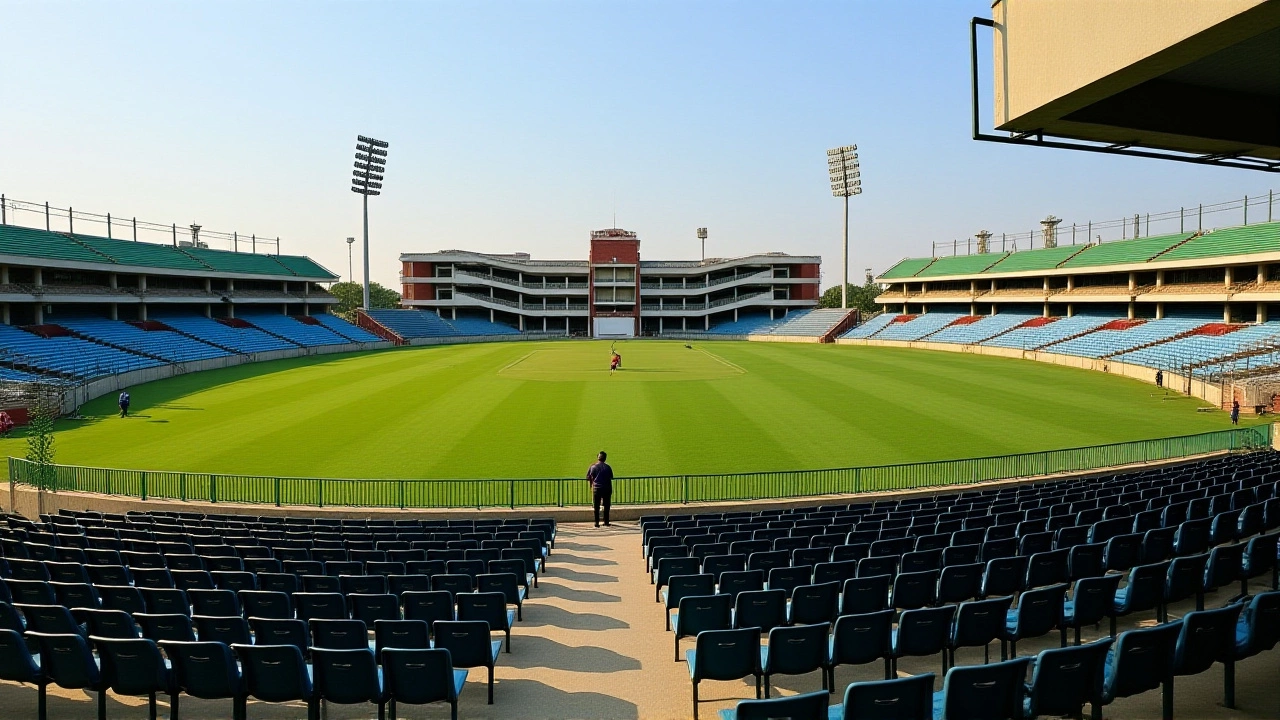BCCI – India’s Cricket Board Explained
When talking about BCCI, the Board of Control for Cricket in India, the governing body that manages all levels of cricket in the country. Also known as Indian Cricket Board, it sets policies, organizes tournaments and oversees the national team. The board’s reach extends to the Indian Premier League, a franchise league that draws global talent and huge audiences. Another pillar is the Ranji Trophy, the premier domestic first‑class competition that feeds future stars into the senior squad. Internationally, BCCI works closely with the International Cricket Council to shape World Cup schedules and rule changes. Together these entities form a network where BCCI governs, the IPL commercialises, the Ranji Trophy nurtures talent, and the ICC provides the global framework. In short, BCCI oversees domestic tournaments, runs the IPL, and selects the national team for events like the Cricket World Cup.
Understanding BCCI’s role helps decode the headlines you see every day. The board decides player contracts, announces tour itineraries, and enforces anti‑corruption guidelines that keep the sport clean. Recent policy shifts, such as the introduction of a short‑term central contract system, aim to give players more financial security while still rewarding performance. BCCI’s investment in infrastructure – new stadiums, high‑tech training facilities, and data‑driven coaching – has raised the standard of Indian cricket at every level. Meanwhile, the IPL’s media rights deals and franchise valuations illustrate how BCCI balances sport and business, feeding revenues back into grassroots programs. The Ranji Trophy’s revamped format, with more matches and a points‑based system, showcases the board’s commitment to talent development. All these moves influence how the national team prepares for major events, how young cricketers climb the ladder, and how fans experience the game.
What You’ll Find Below
Below this overview you’ll discover a curated list of articles covering the latest BCCI announcements, IPL updates, Ranji Trophy results, and national team selections. Whether you’re looking for the impact of a new rule, a breakdown of an upcoming series, or insights into player contracts, the collection gives you timely, relevant information. This context sets the stage for the stories that follow, helping you see how each piece fits into the bigger picture of Indian cricket governance and its ripple effects across the sport.
